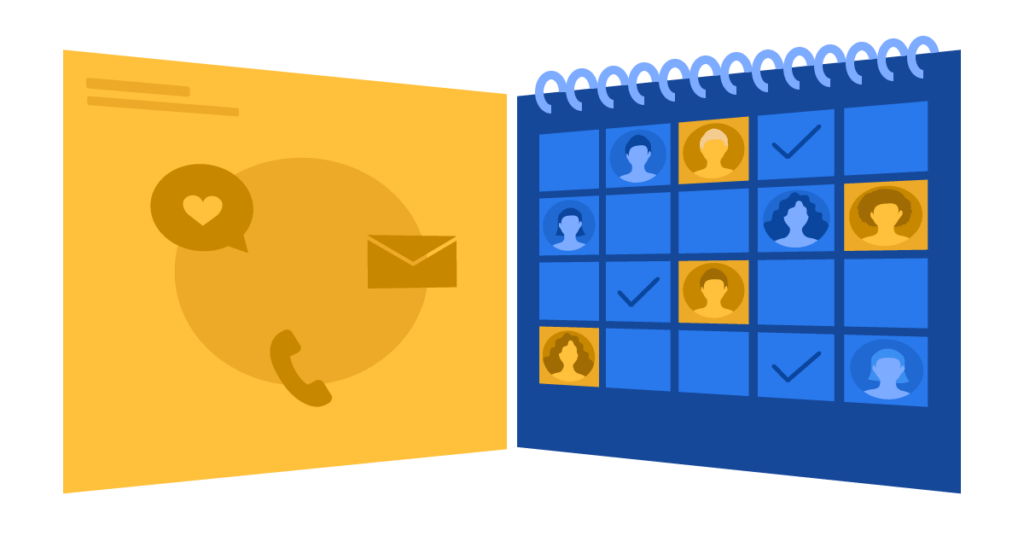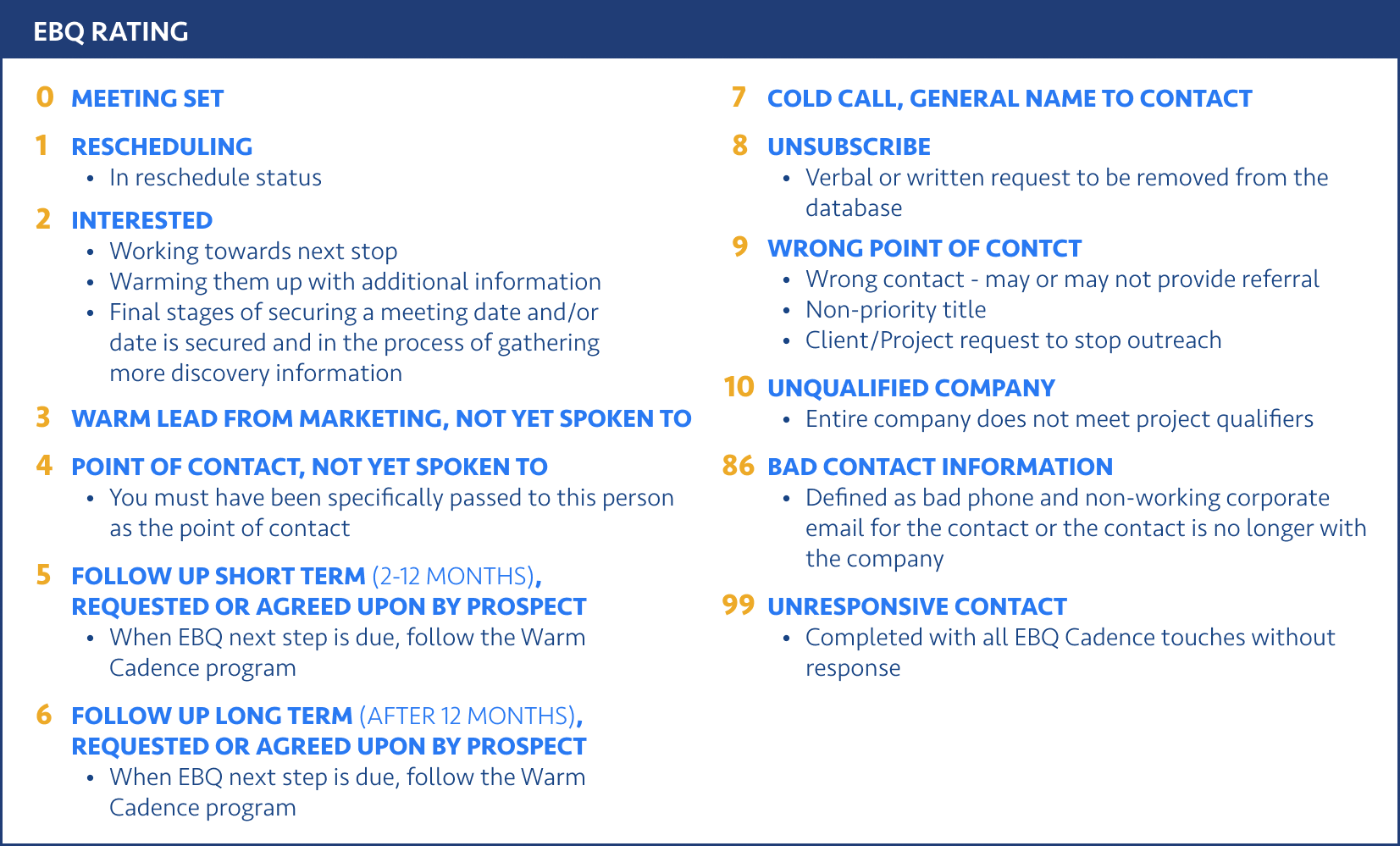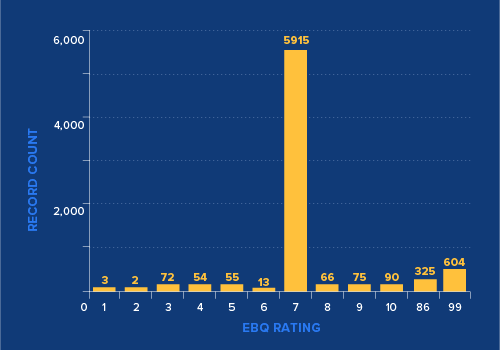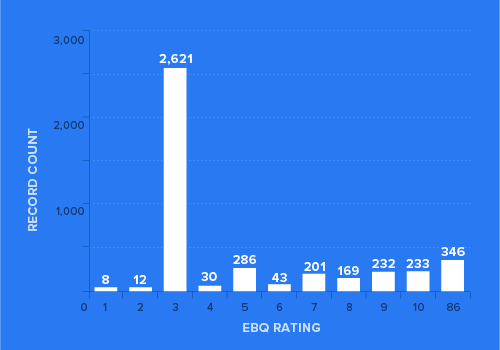How to Measure Appointment Setting ROI


Tim Edwards
This post was originally published in July 2018 and has been updated for accuracy and comprehensiveness.
Now that you know how to master the prospecting process, it’s time to assess the success of your sales development efforts. In this chapter, we’ll guide you on how to measure your appointment-setting ROI.
We’ll break down the appointment-setting reporting process into three phases:
- Before the Sales Appointment: Pipeline Construction
- During the Sales Appointment: Appointment Delivery
- After the Sales Appointment: Overall Contribution to the Sales Pipeline

Download the Ultimate B2B Appointment Setting Guide
Don’t have time to read the whole guide right now? Download the PDF version of the guide.
Before the Sales Appointment: Pipeline Construction
As mentioned in Chapter 7, your sales development success is dependent on your prospect database’s overall health.
Studies show that B2B data decays at an annual rate of 70.3%. With proper lead qualification criteria, you will most likely be able to see where the majority of your leads are coming from and gauge the current cleanliness of your prospect list.
In Chapter 4, we introduced the EBQ Rating. You should see a negative correlation between the number of touches and your lead score — meaning the more touches you make on the prospect, the lower their score should be. But first, you’ll need to gather all your prospect scores and display them in a report.


If the majority of your database is a “7”
If the majority of your leads are rated a “7,” then your leads are most likely coming from a purchased contact database.
Because these leads are colder, your SDRs will need to extend the touch cadence and go through the SDR touch cadence cycle a few times before expecting a conversion.

If the majority of your database is rated a “3”
If the majority of your database is rated a “3”, then these leads are most likely coming from a content marketing lead source.
Since these marketing leads are considered warm, you’ll need to keep a tighter cadence to strike while the iron is hot.

If the majority of your database is an “86”
As mentioned in the last chapter, your contact database is considered outdated and unsalvageable if most of your leads are rated an “86.”
Because it can cost your organization upward of $100 per bad lead, we typically recommend clients find a new contact database vendor and start over.
If you struggle to find verified leads, consider partnering with our data team. With a flat monthly fee, we can find, scrub, and verify your custom prospect list using our proprietary data mining technology.

Subscribe to EBQ's Bimonthly Newsletter

Subscribe to EBQ's Bimonthly Newsletter
During the Sales Appointment: Appointment Delivery
The main goal of your sales development effort is to not only set these sales appointments but also make sure the lead attended the meeting — also known as “completing the appointment.”
To assess your overall performance, you’ll need to track two metrics:
- Appointment setting rate: Out of all your SQLs, what percentage of leads agreed to the appointment
- Appointment completion rate: Out of the leads who agreed to meet with sales, how many people attended the meeting
EBQ Tip: There is a difference between rescheduling and a no-show. For most industries, a 10% rescheduling rate is acceptable. That said, a high no-show rate often indicates that your SDRs were too aggressive on their calls and cornered your prospects to agree to a sales meeting — even if their interest in your solution was disingenuous.
Each industry has its own benchmarks for appointment setting and appointment completion rates. Your benchmarks will fluctuate based on your target prospect’s day-to-day responsibilities and their overall role in their organization.
For example, a Director of IT in an SMB may need to reschedule several times before they attend a product demo. We see that this is due to their demanding work schedules.
After the Sales Appointment: Overall Contribution to the Sales Pipeline
Finally, take a step back and ask yourself the following questions:
- How has the appointment-setting process contributed to your sales pipeline?
- What is the appointment-setting outreach ROI based on your current conversion rates?
We previously discussed the SDR metrics to track and measure success, which include:
- How many records are touched
- How many times records are touched over a period of time
- Appointment completion rates
- Number of records added to the database
- Pipeline movement using a lead rating system

Download the Ultimate B2B Appointment Setting Guide
Don’t have time to read the whole guide right now? Download the PDF version of the guide.
Evaluating your SDR Efforts: Summarized
When measuring your appointment setting ROI, we recommend splitting your reporting process into three phases:
- Before the Sales Appointment: Pipeline Construction
- During the Sales Appointment: Appointment Delivery
- After the Sales Appointment: Overall Contribution to the Sales Pipeline
It goes without saying that your appointment-setting success hinges on your SDR team’s effectiveness. If you are looking for an experienced sales development team, consider partnering with our appointment setters. Over the past 16+ years, we’ve made over 87 million dials throughout 4000+ projects — so we know how to integrate our proven processes with your unique business workflow.
